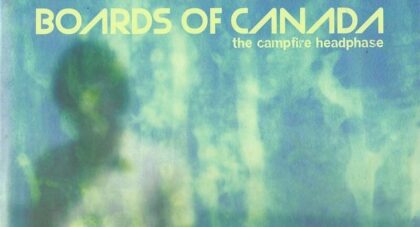Ambient multi-instrumentalist Jim Wallis is set to release his debut full-length, Europa, at the end of the month via the London based Tip Top Recordings. An accompanying score to Rwandan director's Kivu Ruhorahoza's documentary film of the same name, we asked Wallis to walk us through some of the neo-classical, ambient and atmospheric works that bled into his sonic approach . . .
Only the good shit. Aquarium Drunkard is powered by its patrons. Keep the servers humming and help us continue doing it by pledging your support.
To continue reading, become a member or log in.


